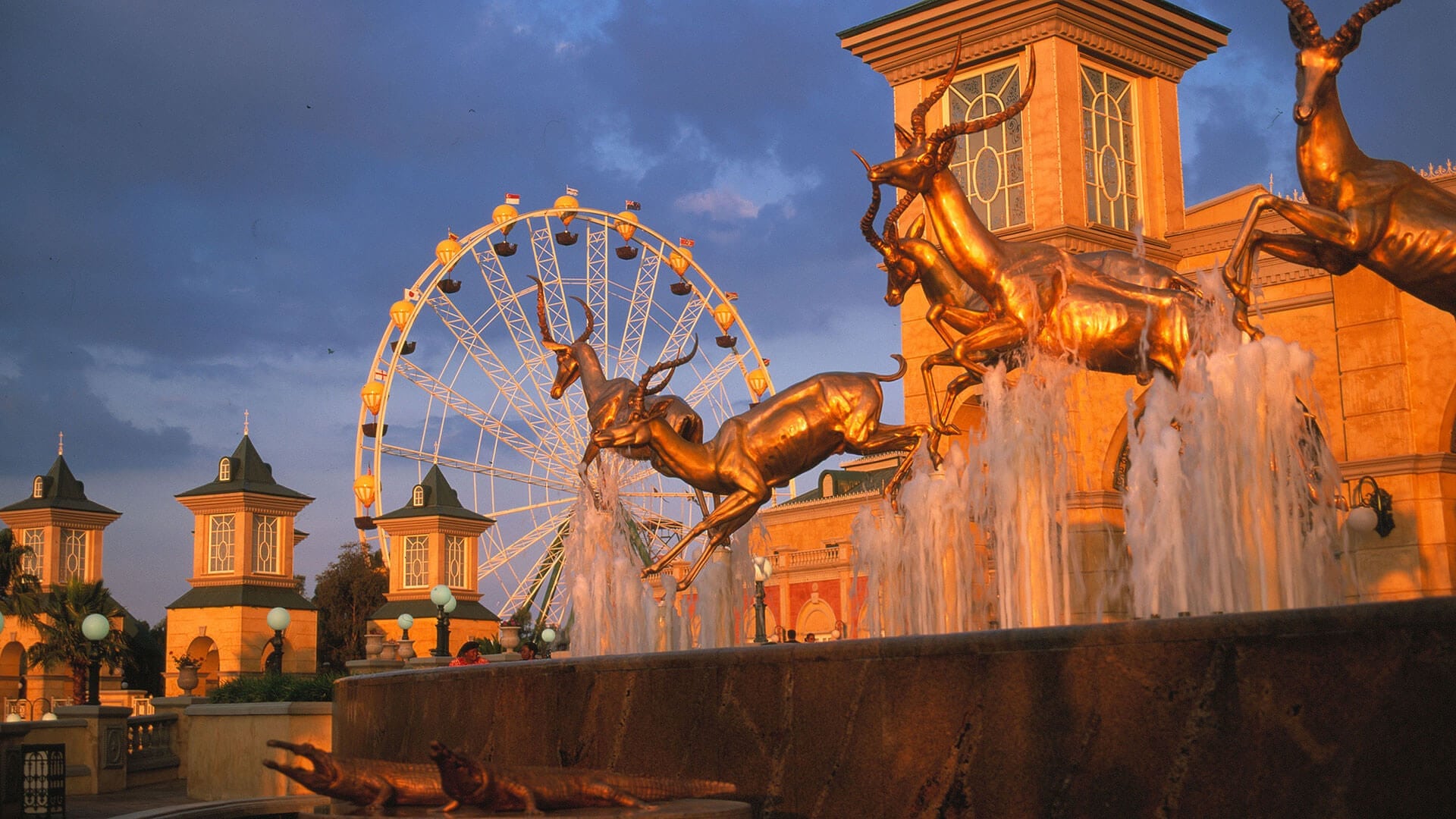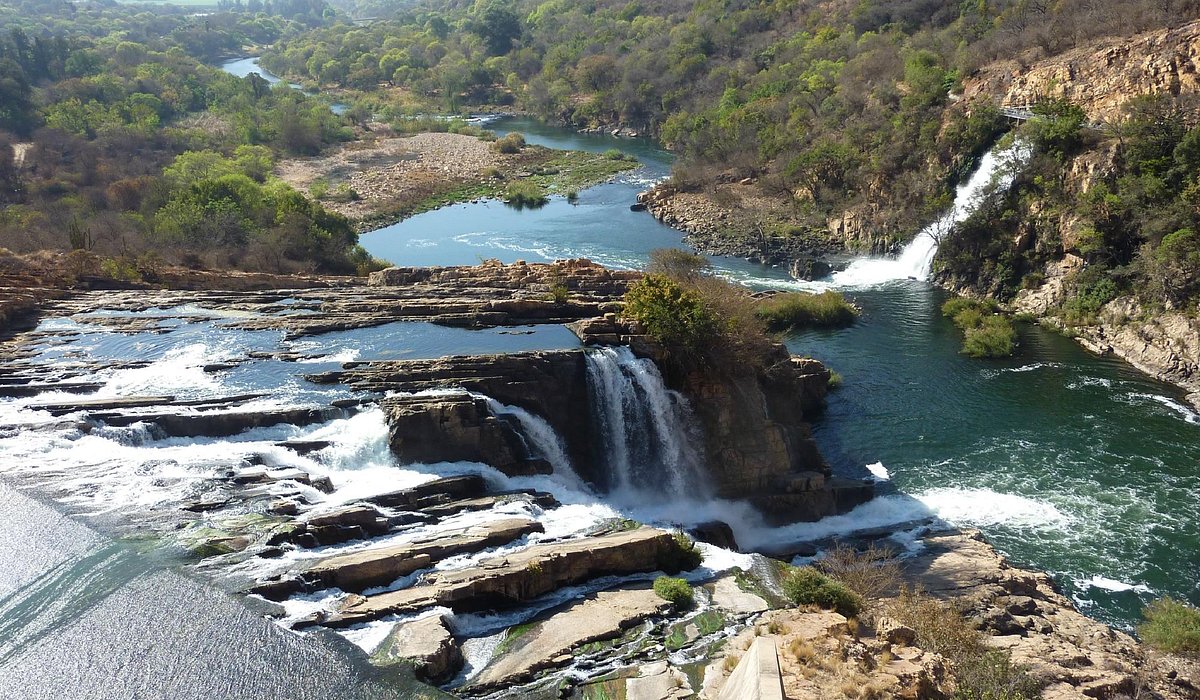Everything about Johannesburg North Attractions
Everything about Johannesburg North Attractions
Blog Article
The Johannesburg North Attractions Ideas
Table of ContentsThe Best Guide To Johannesburg North AttractionsThe Best Guide To Johannesburg North AttractionsThe 2-Minute Rule for Johannesburg North AttractionsFacts About Johannesburg North Attractions RevealedJohannesburg North Attractions Fundamentals Explained7 Simple Techniques For Johannesburg North AttractionsFacts About Johannesburg North Attractions Revealed
You ought to maintain safety in mind and tourists need to remain alert at all times when in strange surroundings. Talk with the citizens when you are in town to find out about the location you are remaining in. Johannesburg North attractions. When on the street (this doesn't put on mall and various other safe and secure environments) best basic guidance is to attempt your finest to look like a local and to prevent displaying any kind of kind of wide range
The Only Guide for Johannesburg North Attractions
Professor Revil Mason O. J. (Thomson, 1946) explored the Witwatersrand's pre-colonial background. His archaeological job took off the 'em pty land' misconception, according to which the region was lacking human habitation before the arrival of European settlers. In his magazines Prehistory of the Transvaal: A Document of Human Task (1962) and Beginnings of Black Individuals of Johannesburg and the Southern Western Central Transvaal AD 3501880 (1986 ), Teacher Mason showed the degree of social and economic advancement in the area prior to Europeans set foot below.

8 Simple Techniques For Johannesburg North Attractions
In 1878, David Wardrop located gold in quartz veins at Zwartkop, north of Krugersdorp. In 1881, Stephanus Minnaar came across gold on the ranch Kromdraai, near the Cradle of Mankind.
In March 1886, an outcropping (quickly to be called the Key Reef) was found, fairly fortunately, on Gerhardus Oosthuizen's farm Langlaagte. Some state that the Lancastrian coal miner George Walker discovered this reef. One more itinerant English miner, George Harrison (who had formerly worked in Australian mines) acquired a prospecting licence in regard of Langlaagte in May 1886.
He chose to go on in a quest for greener fields, and disposed of his Langlaagte case for the baronial amount of 10. Alas: beneath lay the richest goldfield ever found. The exploration of this rich auriferous reef provoked a gold rush that signalled the end of agrarian serenity in the southerly Transvaal.
It would certainly, within six years, end up being the biggest town in southerly Africa. Within a decade, it would make the Z. A. R. until then an anarchical and bankrupt little state the wealthiest nation in Africa. By the turn of the century, the Z. A. R. was to surpass More about the author Russia, Australia and the USA of America to come to be the globe's leading gold producer, creating even more than a quarter of the globe's gold.
Johannesburg North Attractions for Dummies
It was understood as Ferreira's Camp, named after Colonel Ignatius Ferreira. He was a Boer traveler upon whom the British authorities had bestowed the standing of Friend of the Many Identified Order of St Michael and St George (entitling him to the post-nominal letters C. M. G.) in gratitude for his function in the battle that had actually deposed the Pedi king Sekhukhune in 1879.
Quickly the camp was bristling with camping tents and wagons as newcomers got here daily from everywhere. By September 1886, some 400 people stayed in Ferreira's Camp, which quickly boasted built iron and wood buildings. Two other camps were developed: Meyer's Camp on the farm Doornfontein, and Paarl Camp. The latter was nicknamed Afrikander Camp; many individuals from the Cape Colony cleared up there.

Indicators on Johannesburg North Attractions You Need To Know
This name gained money by word of mouth, such that the State Secretary verified the name to the Mining Commissioner on 9 October 1886. Stands in the village were auctioned on 8 December 1886. While some stands were cost 10, others were knocked down for just sixpence.
Two years later on, these erven were to alter hands for as high as 750 each. The tented camps dwindled as a dorp of corrugated iron buildings developed and increased north of the mines located along the Main Coral Reef Road. Locations such as Jeppe's Town (where working-class immigrants erected their residences) and Doornfontein (where the affluent new 'Randlords' started to construct their extravagant homes) were soon included to the ever-expanding map of the community.
5 Simple Techniques For Johannesburg North Attractions
Aside site web from the road names, there were no indicators of Johannesburg being situated in a Dutch-speaking nation. Years later on, C. W. Kearns O. J. (among the very first children enlisted at St John's College in 1898) would certainly recall: 'An unusual reality regarding Johannesburg was that, although imp source it remained in the [Boer Republic], almost every person talked English and even the Government servants dealt with one in English, unless they were first dealt with in the Taal (or Low Dutch)'.
Britain had a passion in making sure optimal problems for gold manufacturing on the Witwatersrand, and that the gold was exported to London rather than Berlin a crucial rendered all the extra clamant by the Z. A. R.'s raising toenadering with Germany. Mine proprietors got on a collision training course with President Kruger, whose policy of monopolistic giving ins (usually given to his cronies) protected against mining companies from acquiring materials of products (particularly dynamite) and work by themselves, cheaper terms
The Greatest Guide To Johannesburg North Attractions
In 1890, the Volksraad had restricted the franchise business to white guys that had actually resided in the Z. A. R. for fourteen years or longer, hence invalidating the majority of the immigrants (that took place to be the major factors to the fiscus). Anxiety for the vote was a plain pretext for promoting a different agenda; many uitlanders concerned themselves as momentary visitors and had no intention of continuing to be in the Z.
Report this page